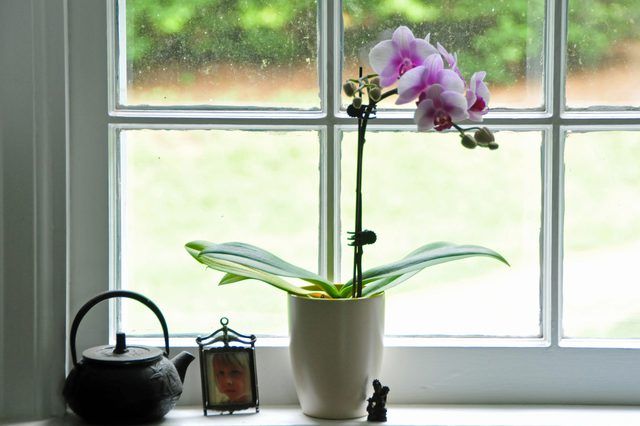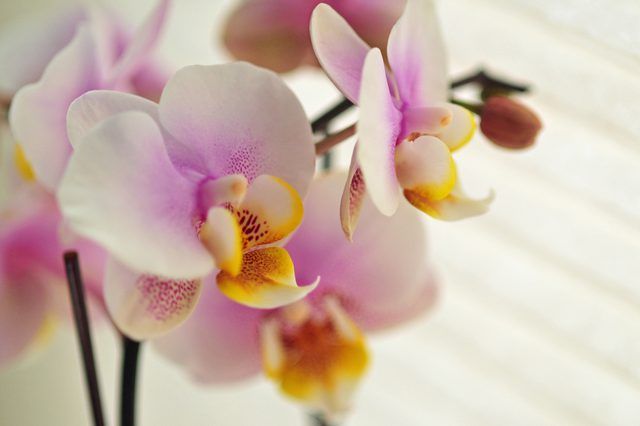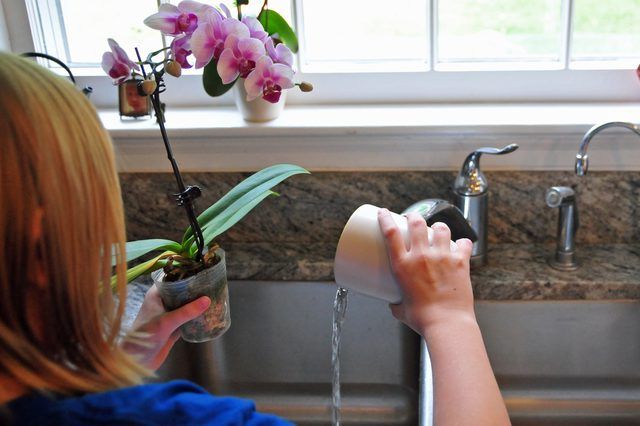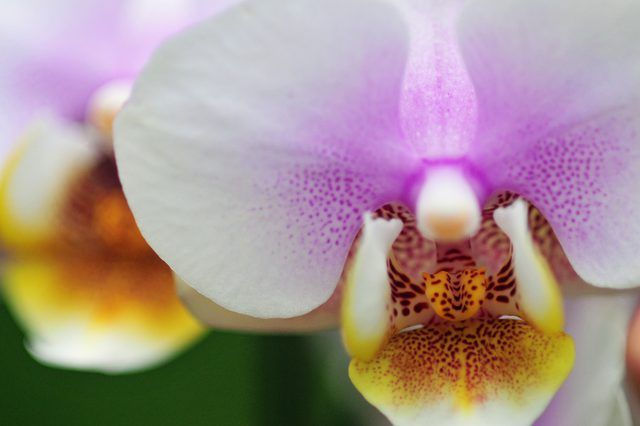Bulbs
Flower Basics
Flower Beds & Specialty Gardens
Flower Garden
Garden Furniture
Garden Gnomes
Garden Seeds
Garden Sheds
Garden Statues
Garden Tools & Supplies
Gardening Basics
Green & Organic
Groundcovers & Vines
Growing Annuals
Growing Basil
Growing Beans
Growing Berries
Growing Blueberries
Growing Cactus
Growing Corn
Growing Cotton
Growing Edibles
Growing Flowers
Growing Garlic
Growing Grapes
Growing Grass
Growing Herbs
Growing Jasmine
Growing Mint
Growing Mushrooms
Orchids
Growing Peanuts
Growing Perennials
Growing Plants
Growing Rosemary
Growing Roses
Growing Strawberries
Growing Sunflowers
Growing Thyme
Growing Tomatoes
Growing Tulips
Growing Vegetables
Herb Basics
Herb Garden
Indoor Growing
Landscaping Basics
Landscaping Patios
Landscaping Plants
Landscaping Shrubs
Landscaping Trees
Landscaping Walks & Pathways
Lawn Basics
Lawn Maintenance
Lawn Mowers
Lawn Ornaments
Lawn Planting
Lawn Tools
Outdoor Growing
Overall Landscape Planning
Pests, Weeds & Problems
Plant Basics
Rock Garden
Rose Garden
Shrubs
Soil
Specialty Gardens
Trees
Vegetable Garden
Yard Maintenance
How to Take Care of an Orchid Plant
How to Take Care of an Orchid Plant. Despite their upscale reputation, orchids can be as easy to grow as more plebian plants. Among the varieties recommended for novices are the moth orchid (Phalaenopsis spp.), dancing ladies orchid (Oncidium spp. ), slipper orchid (Paphiopedilum spp.), and florist’s orchid (Cattleya spp.). The first type is...
Despite their upscale reputation, orchids can be as easy to grow as more plebian plants. Among the varieties recommended for novices are the moth orchid (Phalaenopsis spp.), dancing ladies orchid (Oncidium spp. ), slipper orchid (Paphiopedilum spp.), and floristís orchid (Cattleya spp.). The first type is perennial in U.S. Department of Agriculture plant hardiness zones 11 to 12 and the second in USDA zones 10 to 11, while the hardiness of the latter two varies according to species from USDA zones 10 to 12. Most orchids are grown as potted house plants or greenhouse plants.

Moth and slipper orchids will burn if given too much sunlight. They should occupy an east- or west-facing windowsill where they receive only a few hours of early morning or late afternoon rays or bright, indirect light. Dancing ladies and floristís orchids require stronger illumination. Place them on a sunny south-facing windowsill with a sheer curtain between them and the glass. Orchids will also grow happily under two shop lights, hung side by side 6 to 12 inches above the plantsí leaves and timed to run for 12 to 16 hours every day. Position the most light-loving plants under the center of the four fluorescent tubes and the others closer to the ends. Orchids prefer a 10-degree drop in night-time temperatures, which you can provide for part of the year by keeping them outdoors -- on a roofed porch or under the high shade of a tree -- during summer.

Because most of these orchids grow on trees in their native habitats, they should be potted in orchid bark rather than soil. The exception is the semi-terrestrial slipper orchid, which needs a constantly damp medium, so grow it in an orchid mix which combines both compost and bark. For plants potted solely in bark, apply a high-nitrogen orchid plant food such as 30-10-10 once every two weeks during spring and summer, mixing 1/4 teaspoon of the plant food crystals with 1 gallon of water. For those whose mix contains soil, opt for a balanced 20-20-20 plant food every two weeks, using 1/2 teaspoon per gallon of water. In the fall, switch to a 10-30-20 plant food for all types, at the 1/2 teaspoon per gallon rate, to encourage bud production. Reduce the feedings to once a month at the same rate during the winter.

With the exception of the slipper types, whose soil should be kept lightly moist, the orchids should be allowed to almost dry out before you water them again. They usually wonít need to be watered more than twice a week during the summer months, perhaps once a week during the winter. If you grow your orchids in cache pots -- outer pots which conceal the inner ones -- be sure to empty the excess water out of those pots or the plants' roots will rot. To help provide the high humidity orchids prefer, place trays of gravel beneath the pots, but always keep the water level in those trays below the surface of the gravel.

These orchids can suffer from aphids, scale insects, spider mites, and thrips, which give the appearance respectively of green lice, brown bumps, mottled leaves with webbing, and white streaks on the flowers. Spray the plants thoroughly in the early morning with insecticidal soap, using about 1 1/4 tablespoons of the soap solution per quart of water. Repeat the treatment two days later for aphids or one week later for other insects. If kept too wet and/or cold, orchids can also suffer from black or brown blotches or rot on the foliage. Use pruning shears or a pruning knife to cut out the affected areas, dipping the blade or blades between cuts in a mix of 1 part rubbing alcohol and 1 part water, and dust the cut edges with an anti-fungal such as powdered cinnamon.
